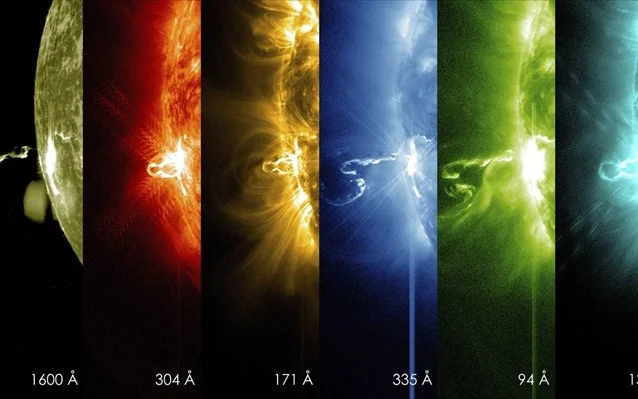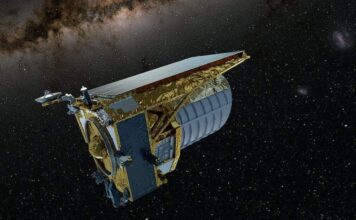High-mass stars don’t quietly fade away; their deaths are a dazzling supernova spectacle, with brightness surpassing that of an entire galaxy. In the end, their cores collapse into either a black hole or a neutron star.
Astronomers, however, have noted a peculiar phenomenon: a surprising lack of hydrogen in a significant number of supernovae, indicating their origin from low-hydrogen stars. Now, investigations have identified 25 new types of stars that perfectly match this hypothesis.
In fact, astronomers had predicted that about one-third of high-mass supernovae must originate from low-hydrogen stars. A recent survey specifically aimed at finding these stars discovered 25 objects that align perfectly with the predictions. If these assumed stars indeed exist, we now have a way to identify them.
According to theory, these low-hydrogen supernovae belong to the category of “stripped-envelope supernovae.” Their spectra notably lack hydrogen lines, suggesting that the external hydrogen of the star has been blown away before the explosion, exposing the internal helium layer formed through the interaction of two stars in a binary system.
We have witnessed stars in compact binary systems devouring each other, with one star siphoning off hydrogen from its companion, leaving the latter as a helium star with almost no hydrogen. Eventually, when the companion star explodes, it releases only a small amount of hydrogen gas.
However, due to the stripped external materials, most of the light emitted by helium stars falls outside the visible spectrum, making them challenging to detect.
From 2018 to 2022, researchers used the Neil Gehrels Swift Observatory to investigate millions of stars in the Large Magellanic Cloud in the ultraviolet wavelength range. They identified 25 targets with unusual ultraviolet data and obtained optical spectroscopic data using the Magellan Telescope to reveal the stellar chemical compositions.
Analysis confirmed that these objects exhibit various expected characteristics of intermediate-mass helium stars, including high temperature, high surface gravity, high helium content, and low hydrogen content. Sixteen of them even display motion consistent with binary system companions.
The team is currently conducting more detailed studies on these stars and attempting to expand the search to find more helium stars. This work can help us identify elusive intermediate-mass, stripped-envelope helium stars, which are potential precursors to low-hydrogen supernovae.
The new findings are published in the journal “Science.“




